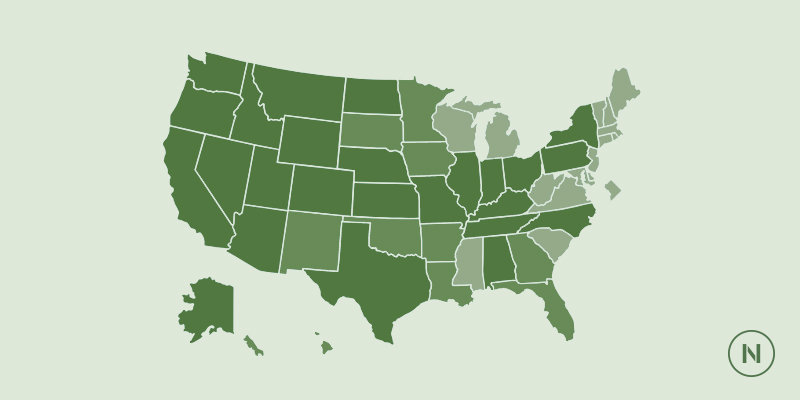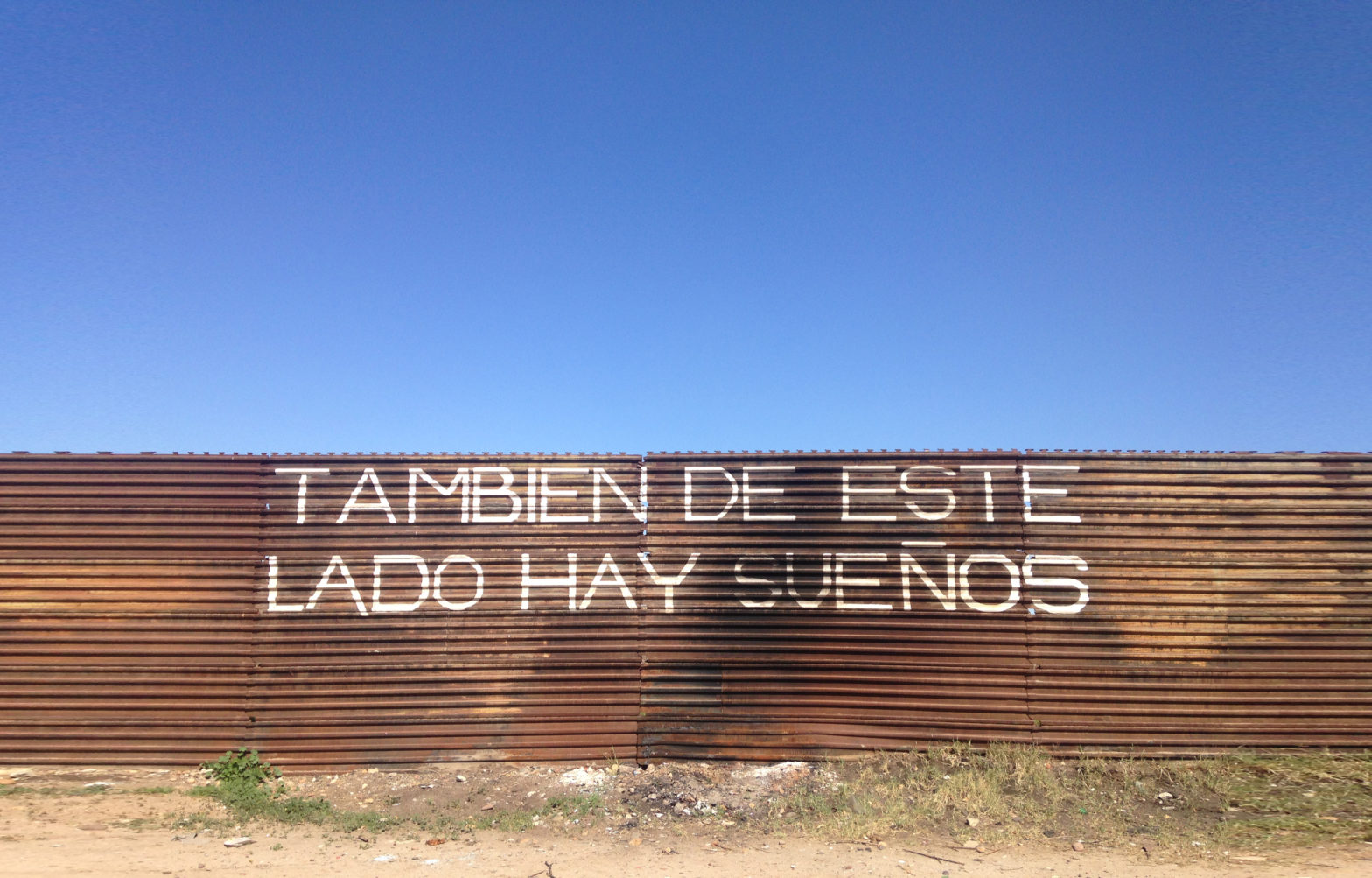



Here at En Nepantla we explore the grey areas of the abortion movement, by examining the diverse lived experiences of people seeking abortions, and people facilitating access to abortions. We do not shy away from subjects that are uncomfortable or difficult. The stories we seek are of people grappling with crossing lines, with pushing legal, cultural, psychological boundaries. We invite you to engage in this work with us, question what we’re writing, share your story or your thoughts, via e-mail at ennepantla@gmail.com
____________________
Aquí en En Nepantla, nuestro objetivo es explorar las áreas grises del movimiento del aborto, examinando las diversas experiencias vivídas de personas que buscan abortos y personas que facilitan el acceso a los abortos. No nos alejamos de los temas que son incómodos o difíciles. Las historias que compartimos son de personas que están cruzando líneas, disputando fronteras legales, culturales y psicológicas. Les invitamos a participar en este trabajo, a cuestionar lo que estamos escribiendo, a compartir su historia o pensamientos, envíenos un correo electrónico a ennepantla@gmail.com
Abortion scenes in popular films and T.V.
When I am watching a film or a TV show and one of the characters gets pregnant, I often tense up with anxiety, cringing at the ways an unwanted pregnancy has been handled by so much of mainstream media. Too often it feels like stories center around a young woman struggling with the choice who ends up carrying the child to term and it’s the happiest decision of her life. Or, she goes to the clinic and struggles in the waiting room, leaving and ultimately deciding to have a baby. Ugh. These scenes fill me with disdain. I’ve been wondering what makes a good abortion scene? And how many good abortion scenes are out there?
Cuando estoy viendo una película o un programa de televisión y una de los personajes se queda embarazada, enseguida/frequentemente me pongo tensa, me lleno de ansiedad en anticipación a la forma en que un embarazo no planeado ha sido manejado por la mayoría de los medios mainstream. Con demasiada frecuencia, parece que las historias se centran alrededor de una mujer joven quien batalla en tomar una decisión y quien termina por tener un bebé, y es la decisión más feliz de su vida. O bien, ella va a la clínica para un aborto y lucha en la sala de espera, abandonando y finalmente decidiendo tener un bebé. Uf. Cuanto me frustran estas escenas. He estado pensando en qué hace una buena escena de aborto. ¿ Y cuántas buenas escenas de aborto existen?
Just last week I saw one that I rather liked in the new show on Netflix, “Sex Education.” One of the main characters, a smart and edgy 16-year-old girl, gets pregnant and makes an appointment at a public clinic. On her way into the clinic, she is confronted by two pathetically comedic anti-abortion activists, who also manage to be humanized in the same episode. She’s nervous but not because she’s doubting the choice she’s making, but because she’s alone in the anticipation of what the procedure might feel like. The staff at the clinic are friendly but direct. She meets another woman who’s older and who we find out has had multiple abortions and who experiences some discrimination from the staff at the clinic. This character is clearly working class, and we later discover is a mom of three children, and we see her hug her daughter who comes to pick her up at the end of the procedure. The scenes before, during, and after the procedure end up being both moving while also being light and even funny. To add to its awesomeness, the series’ other main character, a feminist 16-year old boy, is implicated in dealing with the anti-abortion activists and grappling with how to support his friend who is going through an ordeal that he knows he’ll never fully be able to understand.
It was refreshing to see such a nuanced, simultaneously funny and profound, take on a character’s abortion experience. Someone should create an inventory of good abortion scenes in pop movies and tv!
Life and Death and the Abortion debate
The question of life and death in the struggle for reproductive rights is one that provokes discomfort and challenging questions, highlighting an inability or reluctance in the mainstream pro-choice movement in the US to confront the question of death head-on in our understanding of abortion.
La cuestión de la vida y la muerte en la lucha por los derechos reproductivos es una causa de incomodidad y preguntas desafiantes, destacando una incapacidad/ debilidad en el movimiento pro de los Estados Unidos.
In conversations we’ve had with women in our circle of friends who’ve had an abortion, the subject of regret and sadness, along with the taboo around speaking these feelings in feminist circles, has repeatedly emerged. Fearful of reaffirming any part of the anti-abortion activists’ arguments, we end up censoring ourselves.
Hemos tenido conversaciones personales, dentro nuestros círculos de amigas feministas, sobre el tabú que algunxs sienten de tener cualquier duda o sentimientos de arrepentimiento. “No es que me arrepiento, fue la mejor decisión para mi en este momento, pero hay momentos en que pienso en cómo hubiera sido mi vida.”
In an excellent recent article in Bitch Media, Abby Minor challenges us to accept that abortion is the end of a life and examines the US’s mainstream pro-choice movement’s weakness in dealing with death and mourning. Minor explores what it would mean to “simply own that abortion is beneficial, essential, and sacred—even if life does begin at conception.”
Un artículo en Bitch Media por Abby Minor reta al movimiento pro en los EEUU a aceptar que el aborto es el fin de una vida y pregunta cómo sería si simplemente aceptamos, y nos apropiamos, de la idea que la vida inicia a la concepción, que el aborto es una decisión que termina la posibilidad de una vida, y que aún sigue siendo algo benéfico, esencial y sagrado.
Minor’s piece reminded me of this abortion story published Latinx feminist writer, Prisca Dorcas Mojica Rodriguez in January of 2018:
“On the day of my abortion, I lit a vela to the La Santisima Muerte and I fasted for three days. You see, you can still be religious and abort your zygote. You can still be a good woman and decide that motherhood is not for you. You can still be a whore AND a santa. On the day of my abortion I looked at myself in the mirror and still loved my reflection, I still love who I am.”
En este artículo, la escritora y activista, Prisca Dorcas Mojica Rodriguez cuenta su experiencia abortando y explicando que una puede ser religiosa y abortar, una pueda ser buena y decidir que no quieres ser madre. Me gusta porque crea el espacio para vivir sus decisiones con posibles sentimientos contradictorios. ¿No sería más fuerte nuestro movimiento por los derechos reproductivos si creamos más espacios y posibilidades de procesar sentimientos posiblemente contradictorios?
What I like about this anecdote is that it embraces the complexity of feelings and social-cultural factors that affect how one individual can live through their experience of having an abortion. You can both feel grateful and proud of being a feminist who exercises autonomy over their own body while also mourning a glob of cells’ existence. Wouldn’t our movement for reproductive rights be strengthened if we created more space for holding these contradictions?
¿Cómo es que nuestrxs rituales culturales limitan o facilitan nuestrxs luchas por los derechos reproductivos?
How do our respective cultural rituals limit and/or enable the struggle for reproductive rights? Our collective has discussed Mexico’s culture of death and how we think it affects the different struggles for reproductive rights in US and Mexico. In Mexico, the anti-abortion movements often employ the same rhetoric as in the United States, telling abortion-seekers that they are “murdering babies”, accusing the reproductive rights movements with causing a “holocaust” etc., etc. It’s offensive, disrespectful, and outlandish. It can also be uncomfortable if one thinks that a kind of lifeform begins at conception.
But anti-abortion activism in Mexico does not have the same legacy of physical violence or anger as the movement in the U.S.–there haven’t been (as of yet) the same level of threats to activists and providers lives. That’s not to say that anti-abortion activism in Mexico is not violent in its own way. It’s just that there’s a way of dealing with the question of death in the anti-abortion and pro-choice movements that’s different from the U.S. and maybe it has to do with the fact that Mexico has a vastly different culture of death. Perhaps Mexicans have the capacity to grieve and celebrate simultaneously, to hold these possibly contradicting feelings and process them through ritual and rites that many in the U.S do not? In Minor’s piece she cites the Mexican culture of death, referencing various Mexican traditions and rituals like the Santa Muerte and the day of the dead festivities.
Hay similitudes en el uso de discursos de los movimientos anti en los EE. UU. y México, tratan el aborto como un “asesinato de bebes” y acusan al movimiento pro por causar un “holocausto”. Es ofensivo y grosero. Y aún, puede ser incómodo cuando uno piensa en la terminación de una posible vida.” En el artículo de Minor, las acompañantes que entrevisté y la autora misma argumentan por enfrentar, aceptar, y apropiarnos de la realidad que el aborto es terminar la posibilidad de una vida. Y más allá, nos urge de reconocer que para tomar esta decisión se requiere un valentía tremenda.
Minor ends her piece challenging us; “If we want to change the conversation about abortion—and about life itself—it’s time for us to step forward into another space, take time to acknowledge just how graceful, compassionate, and courageous “a culture of death” would really be. Instead of fleeing from ambiguity and darkness, such a culture would have the intellectual strength to reckon with [provider and activist] Charlotte Taft’s vision: “Abortion is a circle. Within that circle there are many contradictions, but there are no sides. You don’t have to be defensive if you have already owned it.”
Al final de su artículo, Minor nos reta; “Si queremos cambiar la conversación sobre el aborto, y sobre la vida misma, es hora de avanzar hacia otro espacio, es el momento de reconocer lo graciosa, compasiva y valiente que sería“una cultura de la muerte ”. En lugar de huir de la ambigüedad y la oscuridad, tal cultura tendría la fuerza intelectual para considerar la visión de Charlotte Taft [proveedor y activista]: ‘El aborto es un círculo. Dentro de ese círculo hay muchas contradicciones, pero no hay lados. No tienes que estar a la defensiva si te sientes dueña del aborto en su complejidad, dueña de tu cuerpo y tus decisiones.’”

On Inclusive Language- Sobre el uso de un lenguaje incluyente
On this website and in our articles and films, we are committed to using inclusive language that legitimizes and recognizes the lived experience of all people, that helps make visible the identities and stories of those historically rendered invisible.
En este sitio y en nuestrxs artículos y documentales, estamos comprometidos a usar un lenguaje incluyente que legitimiza y reconoce las diversidades de experiencias vividas por todxs, que ayuda a visibilizar a lxs históricamente marginalizadxs.
When talking about reproductive rights, it is challenging not to fall into language that replicates the limited binary and biological definitions of gender, since the subject matter deals with body parts commonly associated with the female identity. Still, we are committed to challenging the gender binary and practicing awareness and sensitivity to the politics of language.
This is why we try and say “people seeking abortions” instead of just saying women or why we might identify the gender, or not, of certain people we interview. In our writing in spanish, we also use a x, as in nosotrxs, to mark gender neutrality. There will be times when we make mistakes. We’re learning and welcome to your feedback. Reimagining a more equal world is a collective process and using language that reflects the diversity of lived experiences is an essential part of this process.
Estamos intentando usar “personas buscando abortos” en vez de solo decir mujeres y cuando entrevistamos a alguien, identificaremos su género, o no, respetando lo que ellxs quieren. También usaremos el “x”, cómo en nosotrxs. Estamos aprendiendo y su retroalimentación y comentarios son más que bienvenidos. Reimaginar un mundo más igualitario es un proceso colectivo y el uso de un lenguaje que refleja la diversidad de experiencias vividas es una parte esencial de este proceso.
We’ve been discussing language a lot and critically reflecting on the transphobia that we’ve noted in certain feminist spaces, also noting that some of the activists we speak to feel that, in an attempt to legitimize trans people’s experiences of abortion, we overshadow the historic and structural violence lived by countless women. We don’t agree with these opinions, but we’d like to explore them in more detail and hope to feature more pieces that examine where these feelings comes from.
Hemos estado hablando del uso de lenguaje y también reflexionando sobre la transfobia que hemos notado en ciertos espacios feministas y el sentimiento de ciertxs activistas que conocemos, que su enfoque en la experiencia trans es tanta que invisbiliza muchas experiencias de mujeres cis. Aunque no estamos de acuerdxs con estas opiniones, las queremos explorar en más detalle, entendiendo de dónde vienen. Esperamos tener más entradas aqui sobre el tema.
We want to continue discussing language and its use and implications in the reproductive rights struggle. For now, we’ll share a note on language and gender included in Loretta J. Ross and Rickie Solinger’s phenomenal book, Reproductive Justice, that articulates on feelings on the subject.
“‘Woman’ then, (a person who presents herself as female and may have a vagina and ovaries) does not describe the identity of all persons who can or will get pregnant and give birth and mother a child. A transwoman generally cannot get pregnant, and transmen may be able to. Further ‘woman’ does not describe the identity of a person who decide whether to have an abortion or use contraception. Physician Cheryl Chastine explains: ‘We must give primacy to people’s understanding of themselves. We can’t advocate that each pregnant person be able to affect the best decisions for themselves—while simultaneously insisting that people who aren’t CIS gendered [persons who present themselves in ways that are consistent with their official gender-identification at birth] should go along silently with language in which they don’t exist.
Queremos compartir una cita de un libro por Loretta J. Ross y Rickie Solinger que se llama Justicia Reproductiva
“‘Mujer’ entonces, (una persona que se presenta como mujer y puede tener vagina y ovarios) no describe la identidad de todas las personas que pueden o van a quedar embarazadas y dar a luz y dar a luz un hijo. Una mujer trans generalmente no puede quedar embarazada, y un hombre trans puede ser capaz de hacerlo. Además, “mujer” no describe la identidad de una persona que decide si abortar o usar anticonceptivos. La doctora Cheryl Chastine explica: “Debemos dar prioridad a la comprensión que las personas tienen de sí mismas. No podemos abogar por que cada persona embarazada pueda afectar las mejores decisiones por sí mismas, mientras que al mismo tiempo insistimos en que las personas que no son CIS [personas que se presentan de manera coherente con su identificación oficial de género al nacer] aceptan en silencio el uso de un lenguaje que hace como que no existen.”
We’re always interested in hearing your thoughts and stories. If you’re a non-binary or transperson who wants to share their experiences and thoughts about reproductive rights, write us at ennepantla@gmail.com
Siempre nos interesa escuchar sus pensamientos, testimonios y historias. Si eres una persona trans o no-binaria que quiere compartir algo con nosotrxs, escríbenos ennepantla@gmail.com







